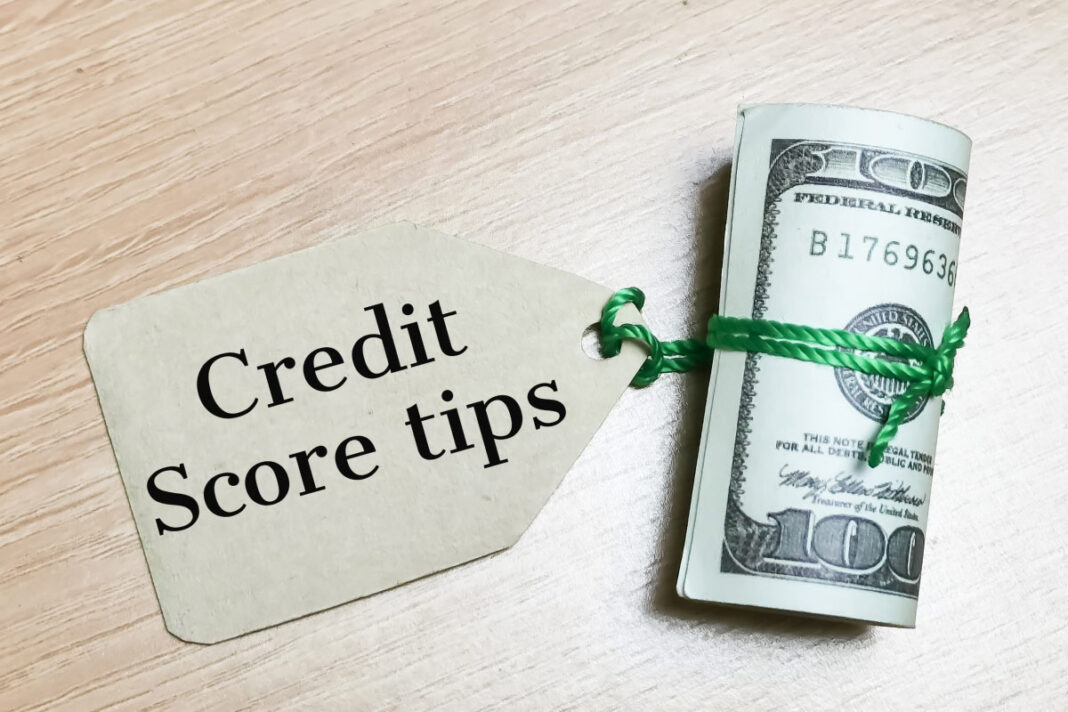The term credit score often comes up when someone applies for a credit card, loan, or even tries to rent a home. But many individuals still aren’t entirely sure what this number actually means or how it’s calculated. Despite its importance in most key financial decisions, many misconceptions exist about credit scores. Knowing the basics of credit score, why it matters, and the steps to improve it helps unlock better financial opportunities.
What is a Credit Score?
For a borrower, a credit score is a three-digit number that proves how responsible they are with borrowed money. This number can usually range from 300 to 850. A high score shows strong credit behavior, while a low score can signal risks to lenders. The number is based on the person’s credit report. This calculation includes one’s borrowing history, outstanding debts, bill payment habits, and length of credit record. Credit reporting agencies gather this information and pass it along to lenders, landlords, insurance companies, and even potential employers seeking it.
Lenders who seek this information will use it to decide whether to provide a loan to a particular borrower. It is also used to calculate how much to offer and what interest rate to charge. If the person’s credit score is high, they are more likely to get an approved loan and pay lower interest. On the contrary, a low credit score may lead to loan denial, or the person will be subject to a higher interest rate. Some employers even examine credit reports before hiring, especially for roles that involve handling money.
Tips to Improve the Credit Score
Improving a credit score isn’t about tricks or shortcuts. It’s about steady, smart decisions that show lenders that the user is reliable with credit. Some of the decisions users need to make might sound complex, but they can be easily achieved with some consistency and patience.
1) Making Timely Payments
The most important factor in a credit score calculation is payment history. It makes up for 35% of an individual’s score. This means they must make timely payments, be it a credit card, a loan, a utility bill, or any other recurring obligation. Even one overlooked or late payment can hurt the score and stay on record for years. The good news is that just as missed payments lower one’s score, consistent on-time payments will gradually raise it. Set up automatic payments or reminders through the bank or phone calendar to avoid missing due dates.
2) Becoming an Authorized User
Another way to build or repair a credit score is by becoming an authorized user on another person’s credit card. If a family member or partner has good credit habits, the secondary cardholder can approach them. When a person with a good credit history adds the individual to their account, it will positively impact the latter’s credit report. The person doesn’t even have to use the card for this to happen. However, it is important to note that negative behavior from the primary cardholder, like late payments and high balances, can further reduce the secondary cardholder’s credit score.
3) Using a Secured Credit Card
Not everyone will be keen on using credit cards for their expenses. In such cases, individuals can apply for a secured credit card. These cards require a deposit that acts as the cardholder’s credit limit, making them less risky for the lender. These can be used just like any other credit card. It can be paid off at once, used to make purchases, or even improve the person’s credit score. Many banks offer secured cards specifically designed for credit building.
4) Spotting Report Errors
Sometimes, the issue isn’t about a person’s credit behavior. It could be that incorrect details are showing up on their credit report. Mistakes happen more often than people think. One might find an account in their report that isn’t theirs. There could be a missed payment that was settled, a piece of outdated information that should’ve been removed, or a recurrent charge that wasn’t authorized. That’s why it’s wise to check the credit reports regularly. Individuals have access to one free report per year from each of the three main credit bureaus in the country. Reading through them at least once a year allows users to catch errors early and dispute them. Fixing even a small mistake can lead to an immediate improvement in one’s score.
5) Keeping Credit Utilization Low
Credit score calculations are also based on the limit available to the individuals and the amount that is actually being used. It is also known as the credit utilization ratio. If someone with a credit limit of $6,000 regularly uses up to $5,000 or $5,500, it can sound risky to lenders. High utilization, despite timely payment, will negatively affect a person’s credit score. It gives lenders the indication that the individual is heavily relying on credit. It could also mean a missed payment somewhere down the line. So, it is better to keep the utilization down to a certain amount so that the lender does not consider the borrower a risk. This also does not mean paying off the full credit card debt in one go. It just means lowering the balance payment down to approximately 30% of the credit limit. If possible, make payments more than once a month by splitting payments to improve the credit utilization ratio and credit score.


